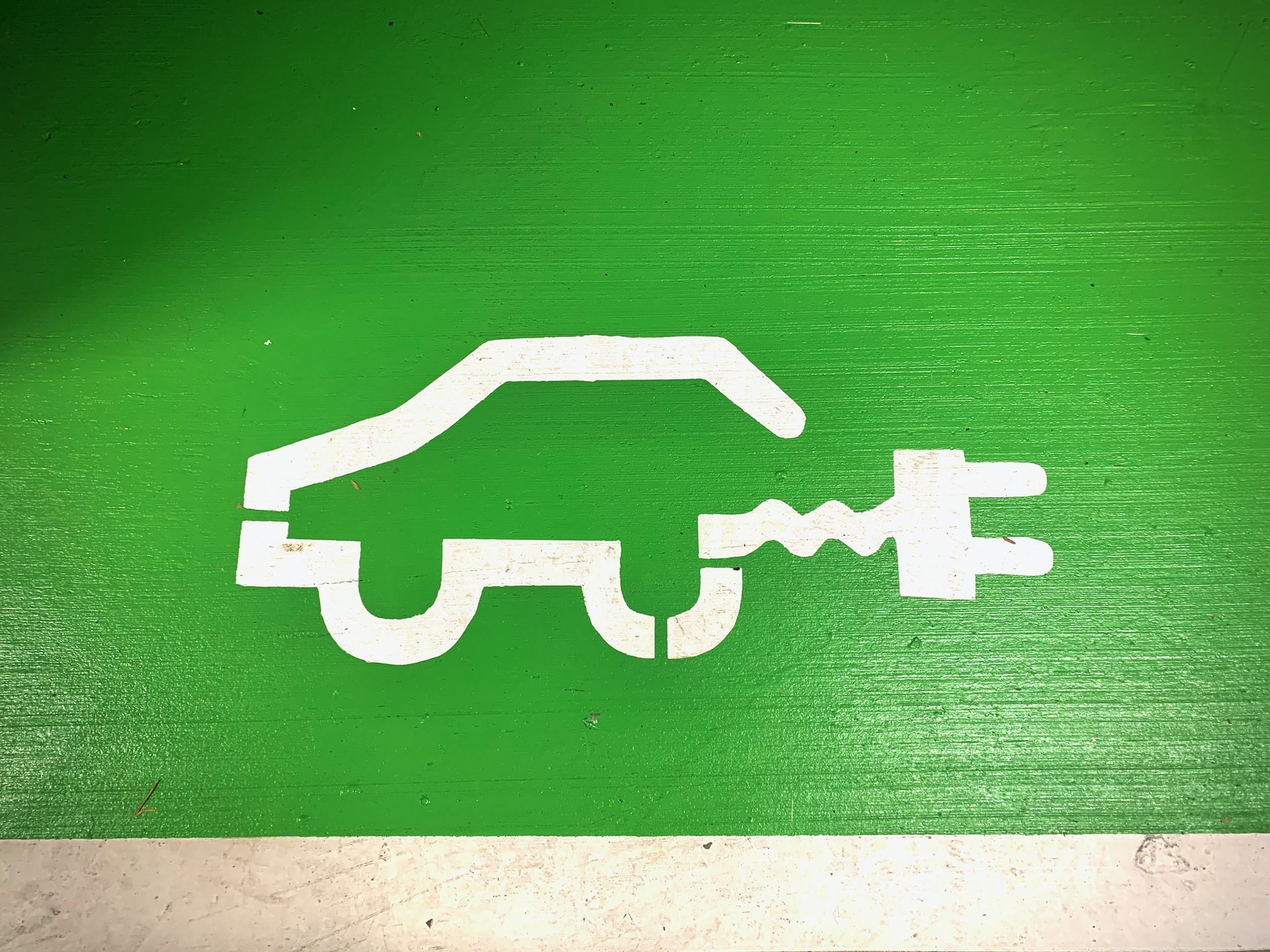Because there is no competition on emissions between electric and petrol cars

Even considering the entire life cycle, the emission impact of electric vehicles is lower than those with internal combustion engines. The analysis by Cindy Paladines, Senior Vice President ESG, Nicholas Britz, Assistant Vice President ESG and Weicheng Wang, ESG Research & Engagement Intern at TCW
The adoption of electric vehicles (EVs) has recently reached a milestone in the United States, with sales of new cars exceeding 5%. Bloomberg analysts predict that a quarter of new car sales could be electric by the end of 2025.
What is driving this surge in consumer demand for electric vehicles? According to EY's global Mobility Consumer Index, the first wave of EV early adopters was largely motivated by environmental concerns. More recently, record gasoline prices and rising inflation have fueled renewed interest in electric vehicles. As consumers are already prone to change their behavior, the availability of affordable electric alternatives can further increase responsiveness and willingness to invest given the high and uncertain costs of gasoline.
The life cycle of the energy consumed
Analysts evaluate a vehicle's environmental impact by examining the carbon emissions associated with the vehicle's production and use. Take the electric vehicle manufacturing process for example. It could be argued that the production of electric vehicles is more energy-intensive than the production of conventional gas vehicles, given the material and energy intensity of battery production.
China is the world leader in the production of batteries for electric vehicles, with nearly 80% of the global production capacity of lithium-ion batteries; the United States is still a long way off, with 6%, even though the government and the private sector are allocating significant resources to change this situation. Cells produced in China generate 105-115 KG of CO2 equivalent emissions per kWh, while those produced in the United States emit 22-24% less CO2 thanks to cleaner electricity generation. However, as China is trying to decarbonise its electricity grid, future emissions from batteries and the production phase of electric vehicles produced in China could decrease significantly. According to the Chinese Electricity Council, nearly 60% of China's electricity will be produced from renewable sources by 2060, up from around 10.5% in 2020.
Once an EV is produced, the life cycle emissions analysis will also depend on where it is driven. Again, the relative "filth" of the electricity produced in each jurisdiction weighs heavily in the calculation. If an EV is recharged in Poland, with one of the most emission-intensive power grids in Europe, it will still be 26% cleaner than a diesel car. In the Netherlands, Germany and Italy, the carbon footprint of an electric vehicle is two times lower than that of an internal combustion car, while in France and Sweden the impact is four to five times lower.
Regardless of car model, electric vehicles (EVs) are estimated to produce on average 63% fewer emissions over their lifecycle than ICE vehicles.
Despite these different methods for estimating life cycle emissions, the analysis of electric vehicle emissions remains challenging. Comprehensive regulations and consistent disclosure standards, similar to those used for electric vehicles, are key to addressing technical uncertainties, geographic variations and process opacity.
The extraction of raw materials and the complexity of battery disposal also continue to cause concern. The extraction of lithium requires huge water resources to pump the brines, while the extraction of cobalt produces polluting waste: when the larger EV batteries end up in landfills, they can release toxins and heavy metals. However, the industry is moving towards a greener future by adopting stricter sourcing and recycling standards. Original equipment (OEM) and battery manufacturers have focused on reducing or even eliminating cobalt from their supply chains, while automakers such as Nissan and BMW have begun experimenting with battery recycling programs to reuse them for recycling. network storage. Finally, as with electric vehicle emissions, the exact environmental cost of sourcing and disposing of battery materials is difficult to pin down, as it varies greatly based on supply chain configuration and process choice.
Despite these potential challenges, electric vehicles are a developing technology with promising prospects for improving efficiency. While the lack of transparency in raw material procurement and end-of-life disposal remains a key challenge, EV emissions at worst remain on par with best-in-class ICE, also showing a significantly greater advantage in the regions with cleaner energy production. Furthermore, with the decarbonisation of the electricity grid globally and the introduction of efficiency improvements by the industry, emissions from electric vehicles will continue to outstrip those from electric vehicles. Consequently, the electric vehicle sector should be a viable investment option for any environmentally conscious portfolio.
This is a machine translation from Italian language of a post published on Start Magazine at the URL https://www.startmag.it/smartcity/emissioni-auto-elettriche-benzina/ on Sun, 18 Sep 2022 06:03:09 +0000.
